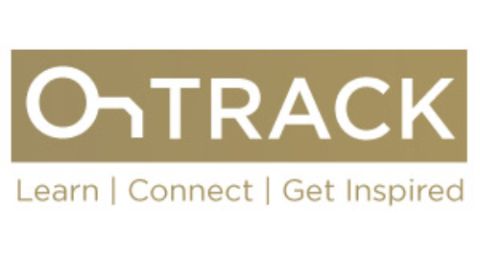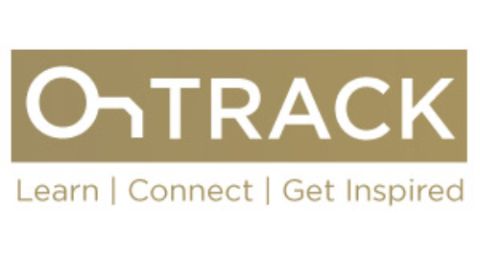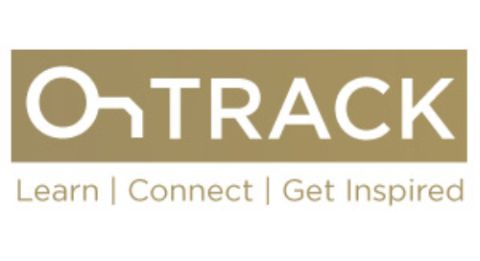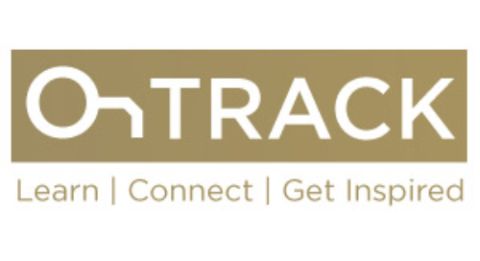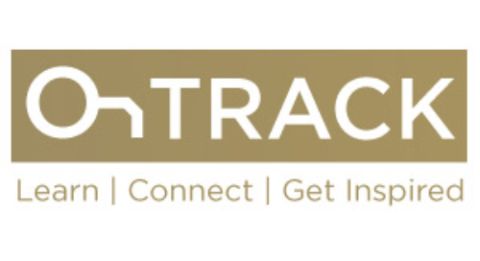Schematic to Fully-Functional in Thirty Days with Altium 365

Judy Warner: Dugan, you've been running Altium Designer on Altium 365 at Velocity Research for a while now as part of our Beta group. We recently also sponsored your efforts with the Open Source Ventilator project by giving your team access to licenses for Altium Designer 20.1, and Altium Concord Pro running on the Altium 365 platform. What’s been your early impressions and key takeaways after working in the Altium 365 environment?
Dugan Karnazes: Before the ventilator project, we were using Altium 365 in a single user setting which was useful for staying organized, but we obviously weren't leveraging the full collaborative design tools it allowed. After we received the extra seats, it was only 24 hours before starting a design which was uploaded and 10 people across the world were working on it. Four weeks later we have 50 people registered on the server, a six PCB multi-board project nearly finalized, and designers, board fabricators, project managers, and assemblers all working off the same set of consolidated information. All without ever meeting face to face. Digital tools are what will make companies successful, and Altium 365 has been a critical factor in designing this ventilator as fast as the OSV team has.
Warner: What things can you now do for the first time, or do better now that you're working in a cloud-based environment with Altium 365?
Karnazes: The biggest advantage of a cloud-based platform for us is keeping everyone working from the most up-to-date information. Documentation and communication are cloud-based already. Modern design environments need to be too and Altium 365 has facilitated that beautifully. In the current business environment, when we’ve all had to shut down our physical offices and since our design environment is cloud-based, our workflow was barely impacted at all. Working from home was a seamless transition for our team, and the cloud-based tools allowed us to scale from our internal team of 5 to a global team of 50 in no time flat.
Warner: You created a complete open-source emergency ventilator with a global team in a month. What was it like to get a group of strangers from around the world, up and running on the Altium 365 platform?
Karnazes: At the time we were spinning up the Altium 365 environment, 800 people responded to a volunteer skills assessment survey that we sent out. Pulling together the team was as simple as searching that list for people proficient with Altium Designer, sending an email, and adding them as users to the server. In ten minutes, we had many engineers plugged in. Setup was like simply flipping a switch, and it allowed us to start speaking the same language and advancing the project immediately.
Warner: How has the experience with the Velocity Research engineering team and the open-source ventilator project team impacted the way you think about Altium 365 and how to best leverage this ability as we begin to move slowly out of the COVID-19 crisis?
Karnazes: In a fast-growing company, the goal is always to make yourself obsolete so you can move on to new responsibilities. We had about nine months to get used to Altium 365 before bringing on ten times as many users overnight. My biggest takeaway is that this is a system that's going to grow with us seamlessly and protect us from disruptions and miscommunications. There's no going back now, we're addicted.
Warner: What advice (or caution) might you give to other design engineers, relative to Altium 365?
Karnazes: When you pull out the bottlenecks, things happen fast....really fast. Then you hope the rest of your team can keep up!
Warner: Lastly, is Altium 365 for everyone, or just some people and organizations? Why or why not?
Karnazes: Even when we only had one seat, it was incredibly useful. We don't email PDFs around anymore. Firmware engineers can map and trace signals from the web without having the CAD environment. Design reviews are easier, and we don't have to maintain a separate library of datasheets for each PCB because they are all linked right from the browser. The biggest thing that Altium 365 does is remove the number of steps between a question and an answer for anyone working on a design.
Warner: Thank you for sharing your thoughts, Dugan. Wishing you continued success at Velocity, and congratulations on the ventilator!
Karnazes: Thank you and Altium for all the support and encouragement Judy!









